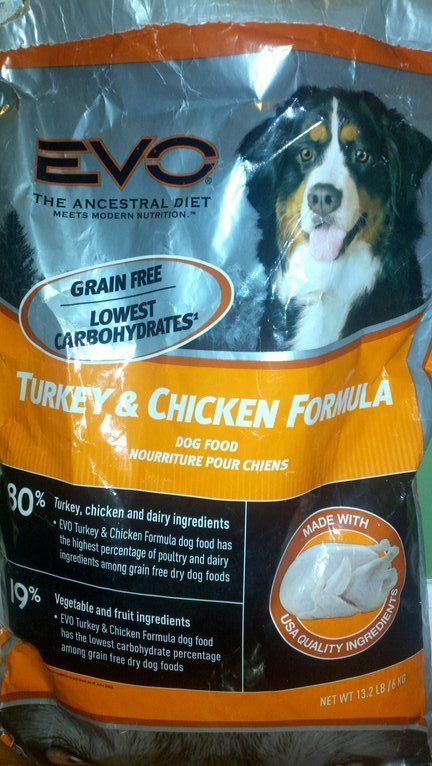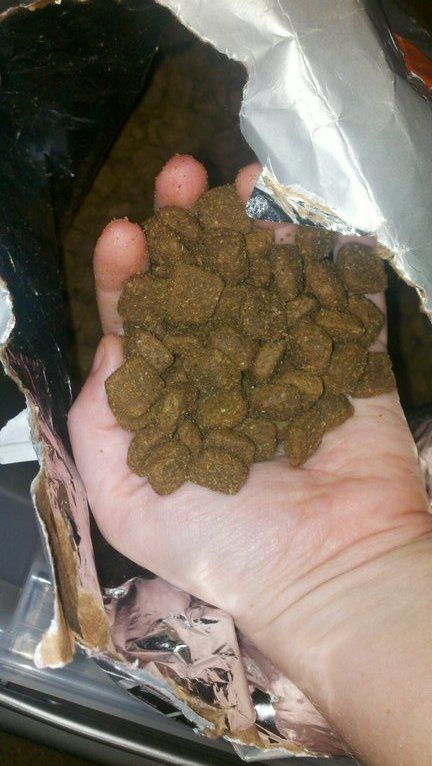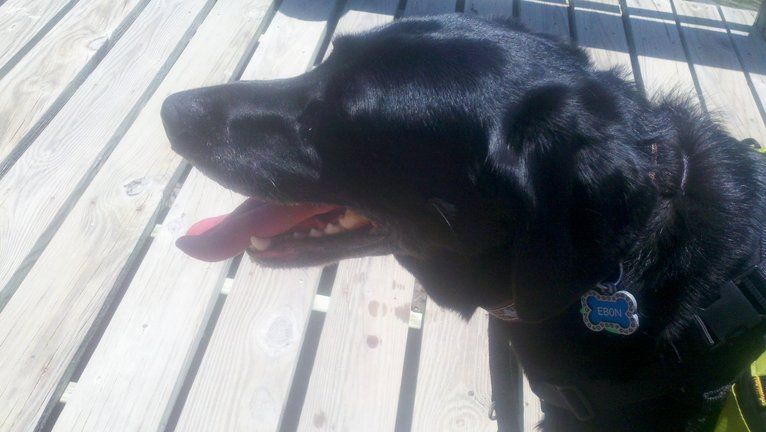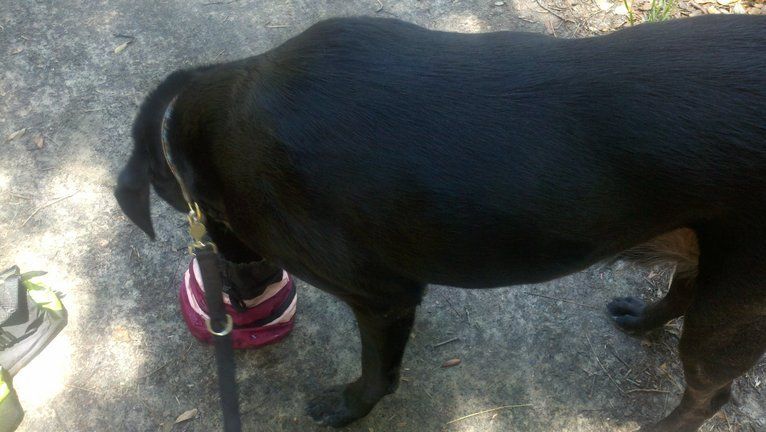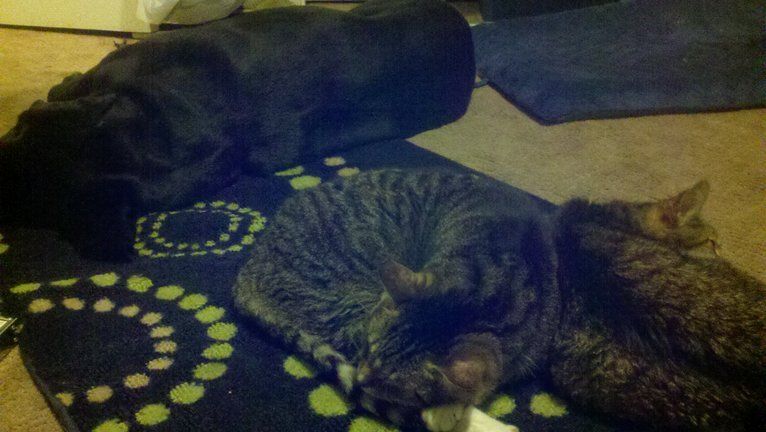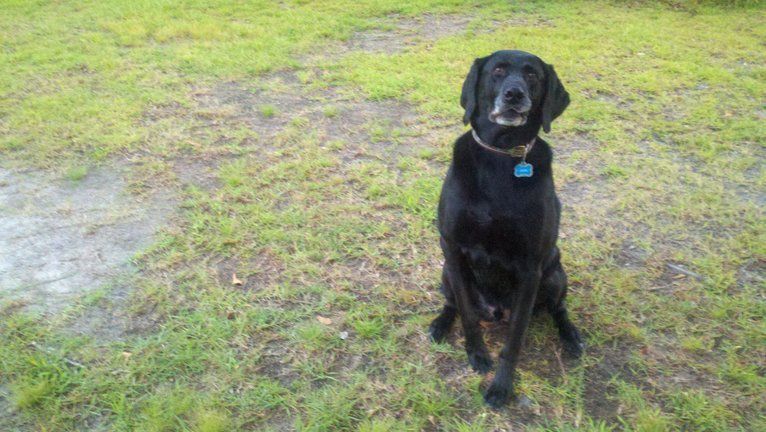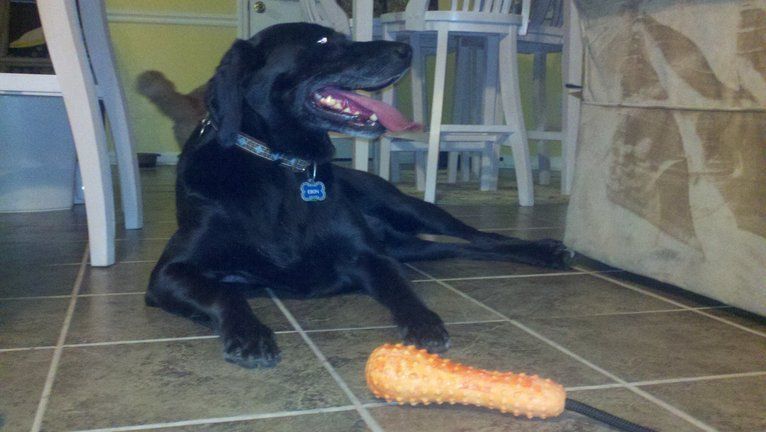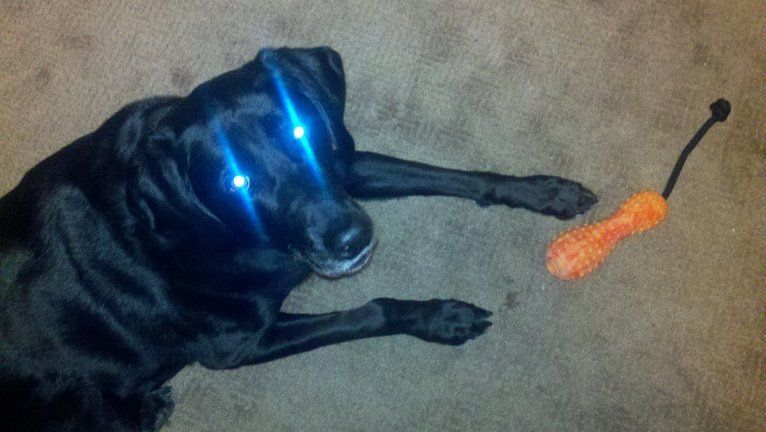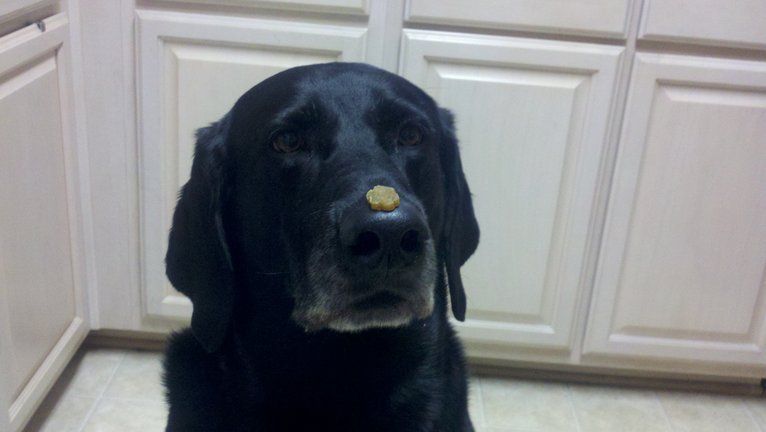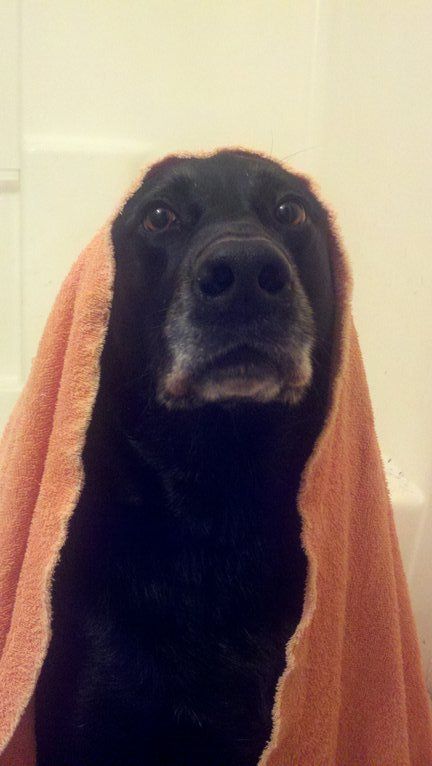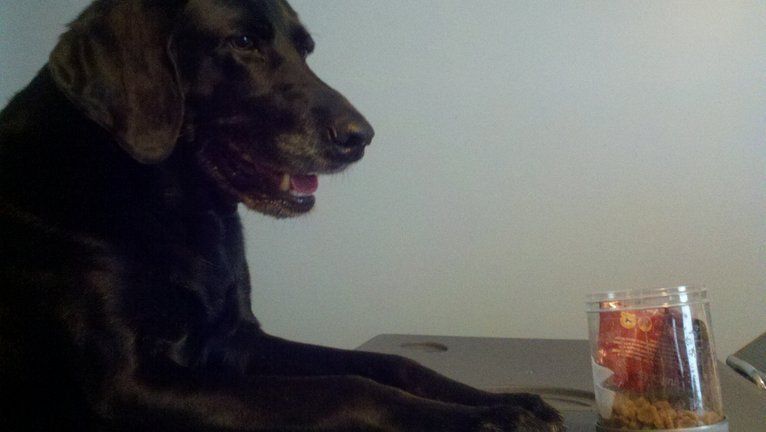 |
| Ebon doing his Paws Up for some Apple Bacon Fruitables |
I mentioned after my
disgust at dog treats made in China that I would be going out and buying some new treats as replacements. I did some searching and found the
Fruitables brand, which is made in the U.S. Though I had been looking for sweet potato chips, the brand intrigued me. After opening up and trying out the first bag, I went a bit overboard then next time I was at the pet store and saw they had discounted some Fruitables treats. I now have four of their products and two other kinds of treats, which I'll be discussing when I empty out some of my storage containers and can open the packages. On to the treats!
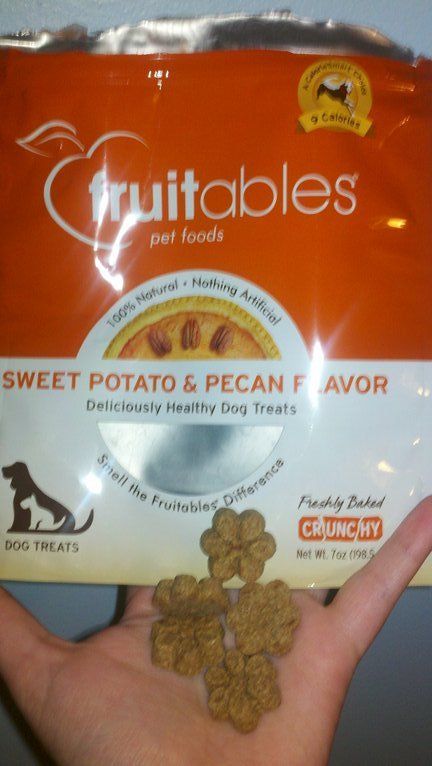 Sweet Potato Pecan (Crunchy Oven Baked)
Sweet Potato Pecan (Crunchy Oven Baked)
Crude Protein: minimum of 8.0%
Crude Fat: minimum of 6.0%
Crude Fiber: maximum of 8.0%
Moisture: maximum of 10.0%
Ingredients: Sweet Potato, Organic Oatmeal, Pearled Barley, Oat Fiber,
Canola Oil, Brown Sugar, Pecans, Cinnamon, Natural Flavor, Vanilla,
Mixed Tocopherols
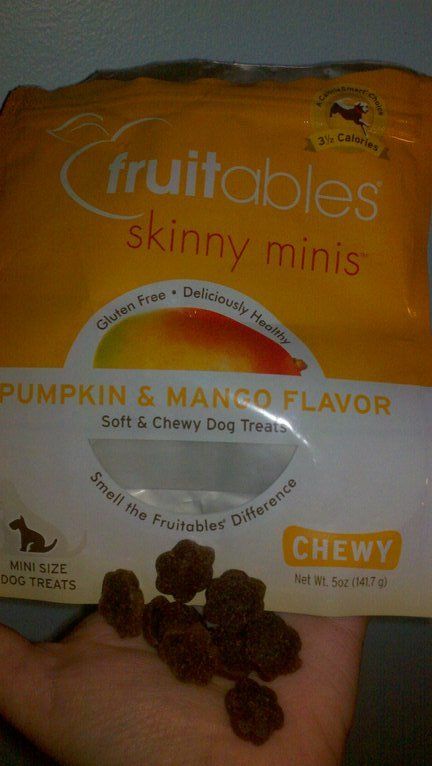 Pumpkin Mango (Chewy Skinny Minis)
Pumpkin Mango (Chewy Skinny Minis)
Crude Protein: minimum of 8.0%
Crude Fat: minimum of 5.0%
Crude Fiber: maximum of 5.0%
Moisture: maximum of 28.0%
Ingredients: Pumpkin, Oatmeal, Ground Brown Rice, Tapioca Starch,
Vegetable Glycerin, Ground Potatoes, Brown Sugar, Canola Oil, Ground
Oats, Mangos, Gelatin, Cinnamon, Salt, Natural Mango Flavor, Phosphoric
Acid, Sorbic Acid (a preservative), Mixed Tocopherols (a preservative),
Rosemary Extract.
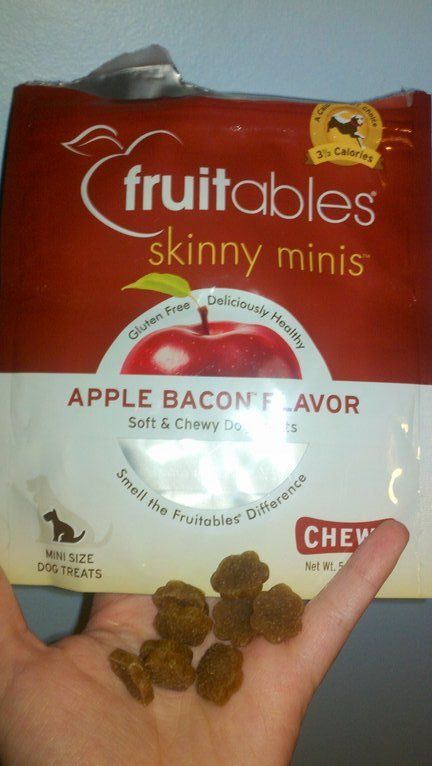 Apple Bacon (Chewy Skinny Minis)
Apple Bacon (Chewy Skinny Minis)
Crude Protein: minimum of 8.8%
Crude Fat: minimum of 5.5%
Crude Fiber: maximum of 5.0%
Moisture: maximum of 28.0%
Ingredients: Sweet Potatoes, Oatmeal, Ground Brown Rice, Tapioca Starch,
Vegetable Glycerin, Ground Potatoes, Brown Sugar, Canola Oil, Bacon,
Ground Oats, Apples, Gelatin, Cinnamon, Salt, Natural Bacon Flavor,
Phosphoric Acid, Sorbic Acid (a preservative), Mixed Tocopherols (a
preservative), Rosemary Extract
 YamBerry (Chewy Skinny Minis)
YamBerry (Chewy Skinny Minis)
Crude Protein: minimum of 8.0%
Crude Fat: minimum of 5.0%
Crude Fiber: maximum of 5.0%
Moisture: maximum of 28.0%
Ingredients: Sweet Potatoes, Oatmeal, Ground Brown Rice, Tapioca Starch,
Vegetable Glycerin, Ground Potatoes, Brown Sugar, Canola Oil, Ground
Oats, Blueberries, Gelatin, Cinnamon, Salt, Natural Blueberry Flavor,
Phosphoric Acid, Sorbic Acid (a preservative), Mixed Tocopherols (a
preservative), Rosemary Extract
So, why do I love these treats so much? For one,
these are the best smelling dog treats I have ever found. I bought the Sweet Potato Pecan and Pumpkin Mango treats first, and with both of them I opened the bags and went "mmmmm." The Sweet Potato Pecan ones smell wonderfully buttery with a hint of cinnamon and the Pumpkin Mango ones smell strongly of cinnamon and mango. Most often, treats have a fairly faint smell so these were almost startlingly strong. I had the same reaction with the Apple Bacon, which smell of bacon with a touch of sweetness, and the YamBerry, which smell of blueberries and a hint of cinnamon.
These treats are also the perfect size for training (if the crunchy ones are broken in half) and, due to their low caloric content (3.5 calories per chewy, 9 calories per crunchy so 4.5 when broken), I don't feel bad about giving Ebon a fair number during training sessions (an average session is about fifteen tiny treats). I've found myself buying a lot of treats meant for small dogs due to these reasons. Also, Ebon absolutely adores them. The smell definitely excited him and every time I open one of the containers I keep them in his nose starts sniffing and his tails starts wagging. These were the treats I used while
training Ebon to retrieve his leash and I suspect part of the reason he learned so quickly is thanks to him being highly motivated by the treats. The treat on Ebon's nose on that post is actually an Apple Bacon chewy.
The Fruitables chewy treats may end up being a permanent fixture in my dog treat collection. If nothing else, they satisfy my want for a sweet rather than savory treat to give on occasion. Right now the treats I'm feeding are almost exclusively from these four, but I don't plan to get this crazy again. It wasn't my intention to completely switch to treats with so much sugar, but that's what ended up happening. Both of the unopened treat bags I have are savory, so we'll have to see how Ebon likes those.



